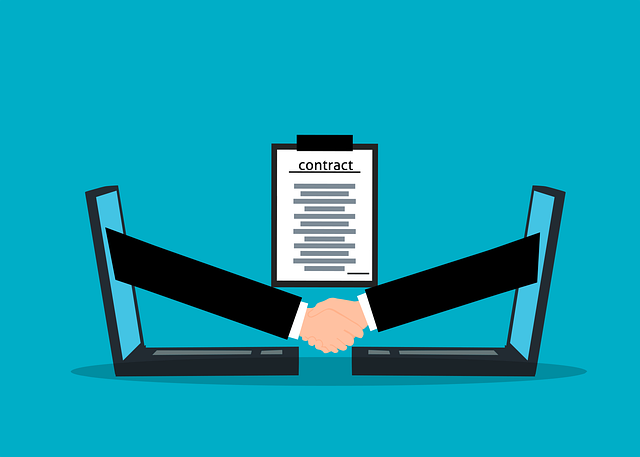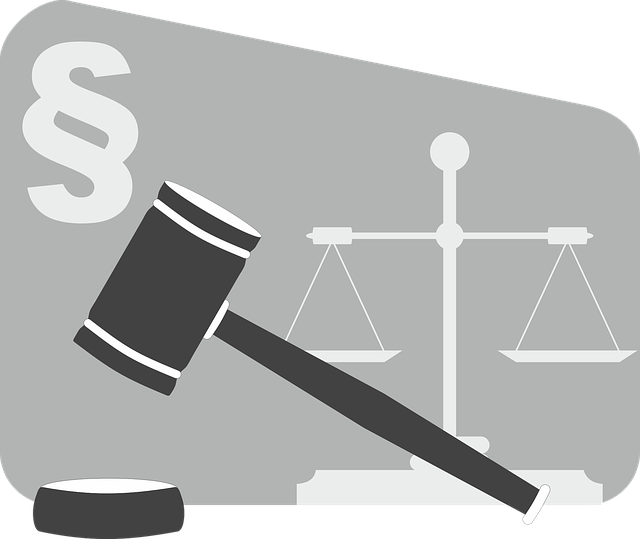Accident injury documentation is a critical component of personal injury cases, providing a detailed record of pre-accident circumstances, injuries, and relevant evidence like medical reports, witness testimonies, and photographs. This is crucial for establishing liability, especially in complex scenarios, and can prove negligence by highlighting design flaws or non-compliance with safety standards. Insurance companies meticulously evaluate this documentation to ensure fairness and accuracy in claims processing, aiming to create a clear picture of injury severity and impact on daily life. Comprehensive and accurate accident injury documentation is vital for efficient claim resolution, supporting personal injury attorneys' arguments, and safeguarding against fiduciary duty breaches.
Insurers rely on thorough and precise accident injury documentation to assess claims, determine liability, and facilitate fair compensation. Understanding what insurance companies look for in this critical process is paramount for individuals seeking claim settlements. This article breaks down the key elements insurers scrutinize, offering best practices for compiling comprehensive and accurate accident injury documentation to maximize your chances of a successful claim.
- Understanding Accident Injury Documentation
- Key Elements Insurance Companies Seek in Documentation
- Best Practices for Comprehensive and Accurate Documentation
Understanding Accident Injury Documentation

Accident injury documentation is a critical aspect of any personal injury claim. It serves as a detailed record of the incident, capturing essential information that can significantly impact the outcome of a client’s recovery and subsequent legal proceedings. This includes a comprehensive account of the circumstances leading up to the accident, the nature and extent of injuries sustained, and any relevant evidence such as medical reports, police statements, witness testimonies, and photographs.
Comprehensive documentation is vital for establishing liability, especially in complex cases involving defective products or other parties at fault. For instance, a well-prepared accident injury report can help prove negligence by detailing the product’s design flaws or the failure to adhere to safety standards, thereby strengthening personal injury claims. Effective documentation enables insurance companies to assess risk accurately and facilitate a smoother process for both clients and legal professionals.
Key Elements Insurance Companies Seek in Documentation

When it comes to evaluating accident injury documentation, insurance companies are meticulous. They scrutinize every detail to ensure fairness and accuracy in claims processing. Key elements they seek include a comprehensive account of the incident, supporting medical records, and evidence of damages. A detailed narrative describing the sequence of events, from the initial contact to the subsequent injuries, is crucial. This provides context and helps determine liability.
Additionally, insurance companies rely on medical malpractice reports and employment dispute documentation to assess claims. Medical records must be up-to-date and include diagnoses, treatments, and prognoses. In cases involving employment disputes, relevant documents could range from contracts to performance reviews. The goal is to establish a clear picture of the injury, its severity, and its impact on daily life, enabling insurance companies to make informed decisions regarding compensation.
Best Practices for Comprehensive and Accurate Documentation

Creating comprehensive and accurate accident injury documentation is paramount when aiming to resolve insurance claims efficiently. It serves as a crucial foundation for any insurance dispute, acting as irrefutable evidence to support personal injury attorney arguments. The process begins with immediate and thorough documentation of all injuries sustained, including physical examinations, medical reports, and detailed accounts of the incident from witnesses. Additionally, documenting the sequence of events leading up to and following the accident can significantly strengthen a claim.
Best practices include preserving all relevant records, such as hospital stays, surgeries, prescriptions, and rehabilitation sessions. Photographs of injuries and accident scenes also carry significant weight. It’s essential to maintain organized files, ensuring that all documentation is accurately dated, signed, and indexed for easy retrieval. Remember, accurate and detailed injury documentation not only expedites the claims process but can also help prevent breaches of fiduciary duty between insurance companies and policyholders.
Accident injury documentation plays a pivotal role in ensuring fair compensation for victims. By understanding what insurance companies look for, individuals can streamline the claims process and increase their chances of receiving a favorable outcome. Comprehensive and accurate documentation is key to navigating complex legal scenarios and securing the support needed during recovery. When prepared with care, these records become invaluable tools in advocating for one’s rights and achieving justice.






